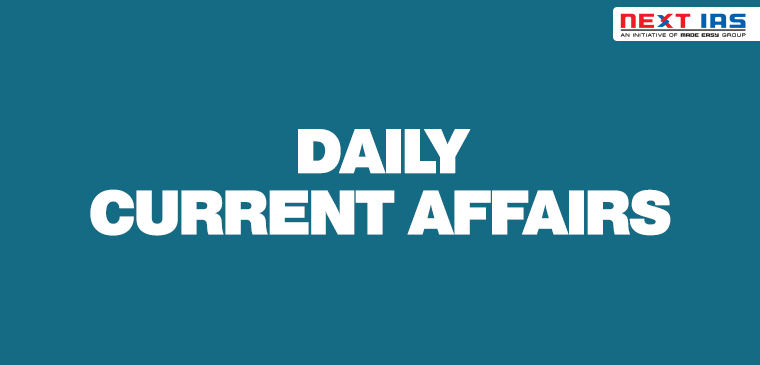
In News
The Union Minister of State for Agriculture questioned the methodology and data accuracy of the Global Hunger Index (GHI) report.
About
- Though India’s ranking in CHI improved from 102 in 2019 to 94 (out of 107 countries). In 2020 yet India was placed behind countries such as Nepal, Bangladesh and Myanmar.
- Presently, with a score of 27.2, India comes in the ‘serious’ category.
- The government has flagged its concerns with German organisation Welthungerhilfe on “appropriateness, accuracy and representativeness of data” used to calculate the level of hunger in India.
- It was alleged that children considered healthy were also counted to determine the ranking.
- Also, national surveys reflect India’s improving position as according to the Comprehensive National Nutrition Survey (CNNS) 2017-18.

Claims India made
- According to the National Family Health Survey (NFHS)-4, the percentage of wasted, stunted and malnourished children in 2015-16 stood at 21, 38.4 and 35.7, respectively.
- As compared to NFHS-4 data, the Comprehensive National Nutrition Survey (CNNS) compiled in 2017-18 showed an improvement of 4%, 3.7% and 2.3% in wasted, stunted and malnourished children respectively.
About Global Hunger Index
- GHI is a peer-reviewed annual report, jointly published by Concern Worldwide, an Ireland-based humanitarian group, and Welthungerhilfe, a Germany-based NGO.
- It is a tool designed to comprehensively measure and track hunger at global, regional, and national levels.
- GHI scores are calculated each year to assess progress and setbacks in combating hunger.
- Methodology: Scores are based on the values of four component indicators:
- Undernourishment (share of the population with insufficient caloric intake)
- Child wasting (share of children under age 5 who have low weight for their height)
- Child stunting (share of children under age 5 who have low height for their age)
- Child mortality (mortality rate of children under age 5)
- GHI is designed to raise awareness and understanding of the struggle against hunger, provide a way to compare levels of hunger between countries and regions

Image Source :Globalhungerindex.org
|
What is malnutrition?
Causes of malnutrition
Measures Taken to tackle Malnutrition
Poshan Abhiyan
Integrated Child Development Services (ICDS)
Matritva Sahyog Yojana
Mid-Day Meal Scheme
National Food Security Mission
National Nutrition Mission
National Nutrition Strategy
|
Previous article
Helium Crisis in India
Next article
Facts in News


